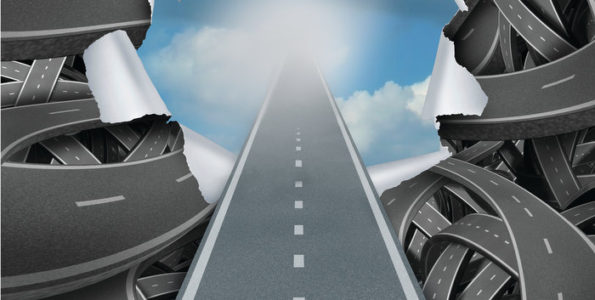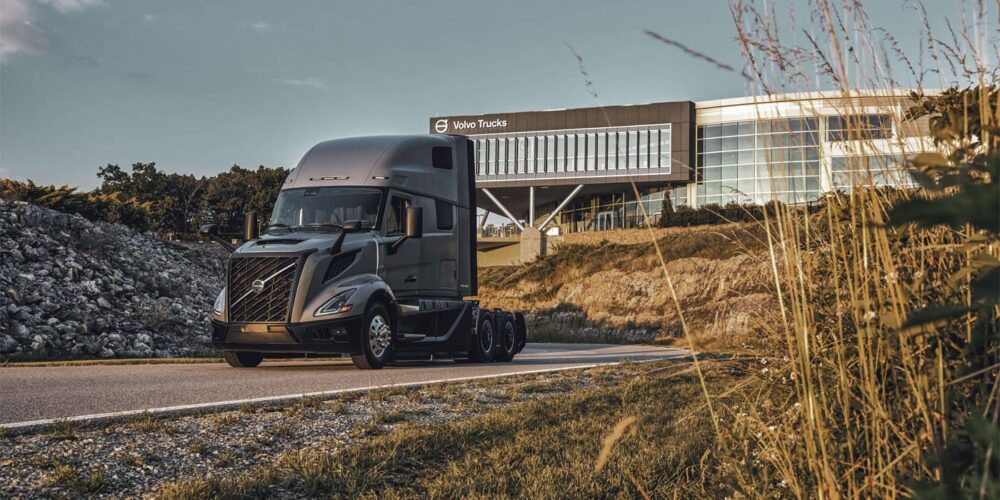Tires have always been one of the top three costs for fleet operations. Good maintenance practices have helped to extend their service life, but now more than ever, maintenance best practices are being tested as fleets work to avoid CSA citations related to tire wear. Fleet Equipment asked tire makers to weigh in on the best ways fleets can avoid these costly fines.
Tread depth
Tread depth violations are among the most common CSA penalties for fleets. To avoid these citations, astute fleet managers will anticipate how many miles a tire will log between PMs and pull the tire early if the tire will wear below Department of Transportation (DOT) specs before the next PM, say the tire experts at Bridgestone Americas Inc. DOT specs dictate that inspectors measure the tire at its lowest point. Pulling a tire early will increase your casing utilization by maximizing the number of casings you can use again as a retreaded tire.
According to Cooper Tire and Rubber Co., fleets need to take a conscious, proactive effort to focus on tire maintenance and replacement and recommends the following:
• Implement a comprehensive maintenance program that includes regular inspections that check for proper tire pressure, tread depth and irregular wear. Properly maintained, serviced and inflated tires last longer, so fleets get the most from their tires.
• Inspect tires prior to each trip to ensure the tractor and trailer tires comply.
• Consider using fleet management software to track tire wear. This can help identify any abnormal wear situations and facilitate timely removal of worn tires.
• Consider using tire pressure monitoring systems (TPMS) on trucks and continuous tire inflation systems (CTIS) on trailers in order to simplify and improve tire pressure maintenance. Improved tire pressure maintenance will not only help prevent CSA violations, but will also help improve fuel economy and tire wear.
• Follow recommended procedures outlined by the Technology & Maintenance Council (TMC) to reduce the risk of a citation.
• Utilize training resources available. Drivers can view and download the Federal Motor Carrier Safety Administration (FMCSA)’s CSA safety compliance materials here.
Goodyear reminds fleets that tires are one of many items that are examined during CSA inspections. The company suggests that drivers can help avoid penalization for tire issues by taking just a few minutes to review the conditions of their tires before trips. Drivers and fleets should pay particular attention to tread depth and inflation levels, they advise. Many fleets maintain tread depth minimums that vary according to wheel position. Tire pressure checks should be part of every pre-trip inspection, and inflation pressures should be checked to help ensure they match the pressure levels that are required to carry specific loads.
“Regularly scheduled fleet or vehicle inspections can capture tread depth issues before they become violations,” says Paul Crehan, director of product marketing for Michelin Americas Truck Tires. “The decision to pull a tire is based on factors such as current tread depth, weather and road conditions, abrasion of sidewall and length of time until the next inspection. Knowing a tire’s wear rate can help with that decision.”
It is also, Crehan notes, important for fleets to know what constitutes a violation. For steer tires, it’s less than 4/32-in. measured in any two adjacent major tread grooves; for drive and trailer tires, it’s less than 2/32-in. measure in any two adjacent major tread grooves.
It’s just simple maintenance, contend the tire experts at Yokohama Tire Corp. There has to be some thought put into developing an effective maintenance program and then there has to be commitment to follow that program, they say, adding that a good maintenance program will require an investment in time and people but will more than pay for itself over the long run.














